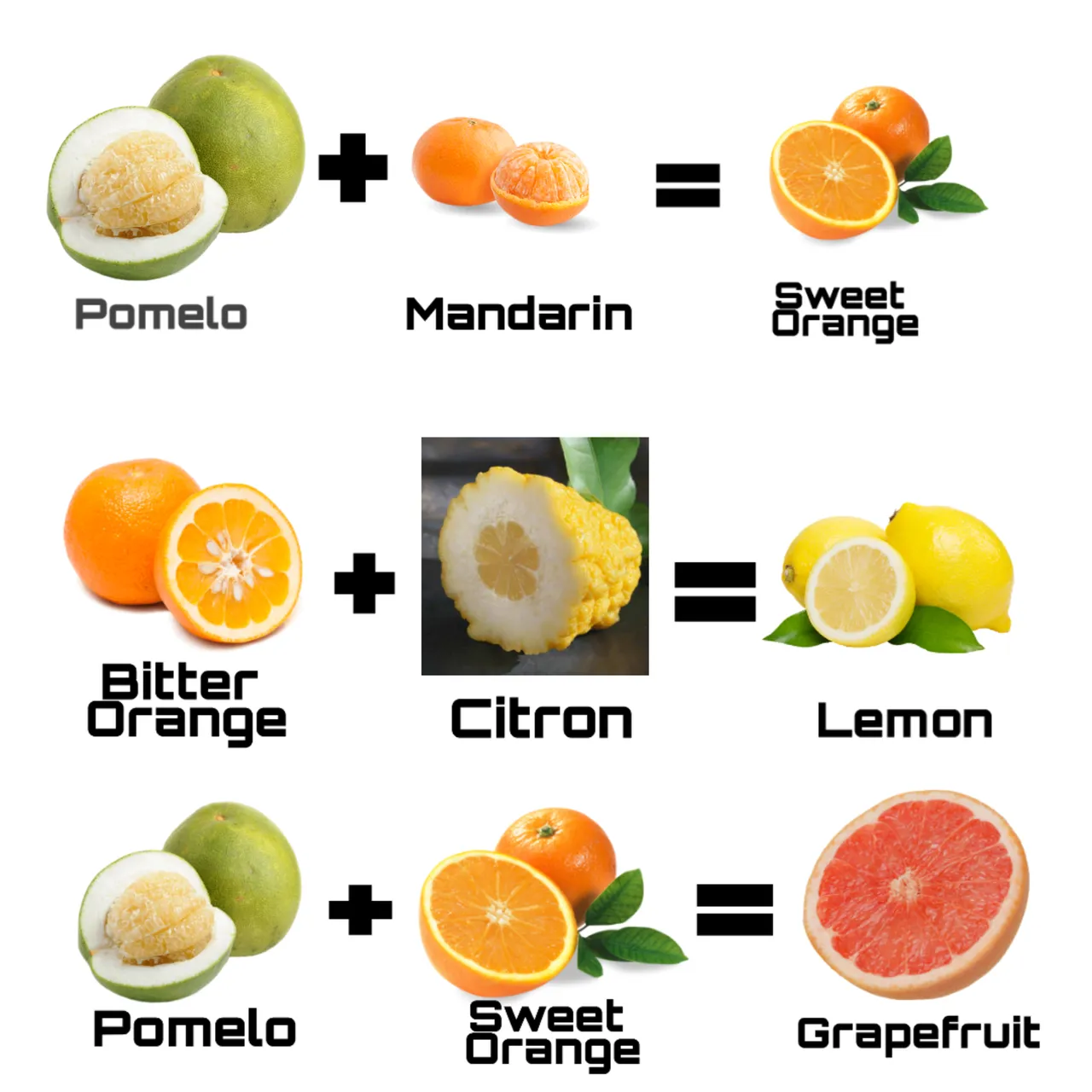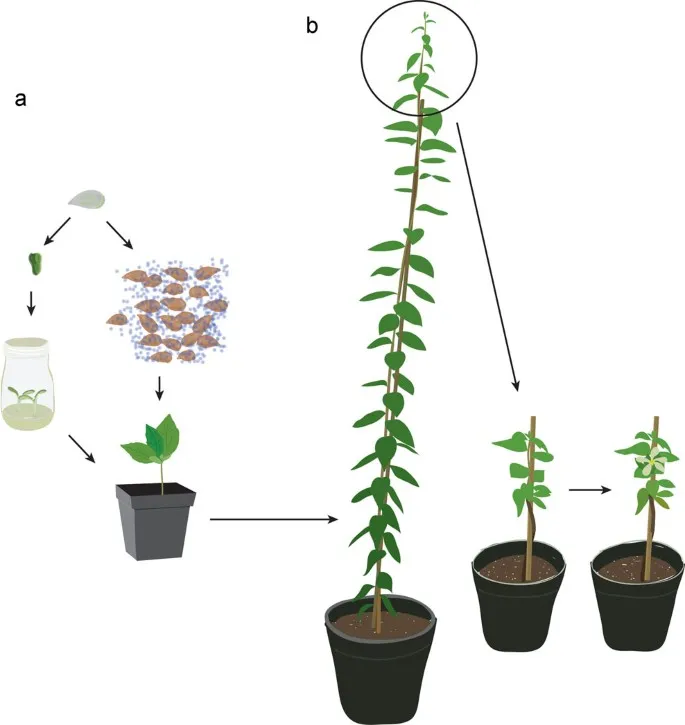The repeated increases in the agricultural sector in the last two decades would not have been possible without the contribution of innovations in the fields of genetic improvement of cultivated species, with the development of varieties and hybrids with high yield potential, including aspects of tillage, planting density, fertilization, integrated control of insects, pests and diseases.
▶ In this order of ideas, corn is used as fodder at various stages of plant growth, especially at the time of panicle emission or later. The corn plant does not present problems of prussic acid or hydrocyanic acid and, therefore, can be used even before flowering or in dry weather.
Corn with grains in the pasture state is the most suitable for use as fodder and contains more dry matter and digestible elements per hectare than any other crop; this is also the best state for preparing silage, although silage corn is mainly used in temperate countries where winter limits its planting and growth; silage is not common in tropical countries where its cultivation can be practically continuous or, at least, cultivated in more than one season.
The remains of maize after harvest are also used as fodder, especially the plants that remain green and erect after harvest and are not completely dry; maize is an important fodder crop in South and Southeast Asia and in some Middle Eastern countries.
 ▶ Credits: iwastesomuchtime – [Image of Public Domain]
▶ Credits: iwastesomuchtime – [Image of Public Domain]
Generally, grain varieties are grown at higher densities when intended for use as forage as there are few varieties bred specifically for these purposes. Some corn hybrids with teosinte have been used for forage. The plant density required for maximum forage yield is higher than for grain production; however, the response of these corns to high densities and their effect on yield and nutritional value is not precisely known.
NOTE: Reference material.
≕ I invite you to stay tuned and read my next contribution ≔


